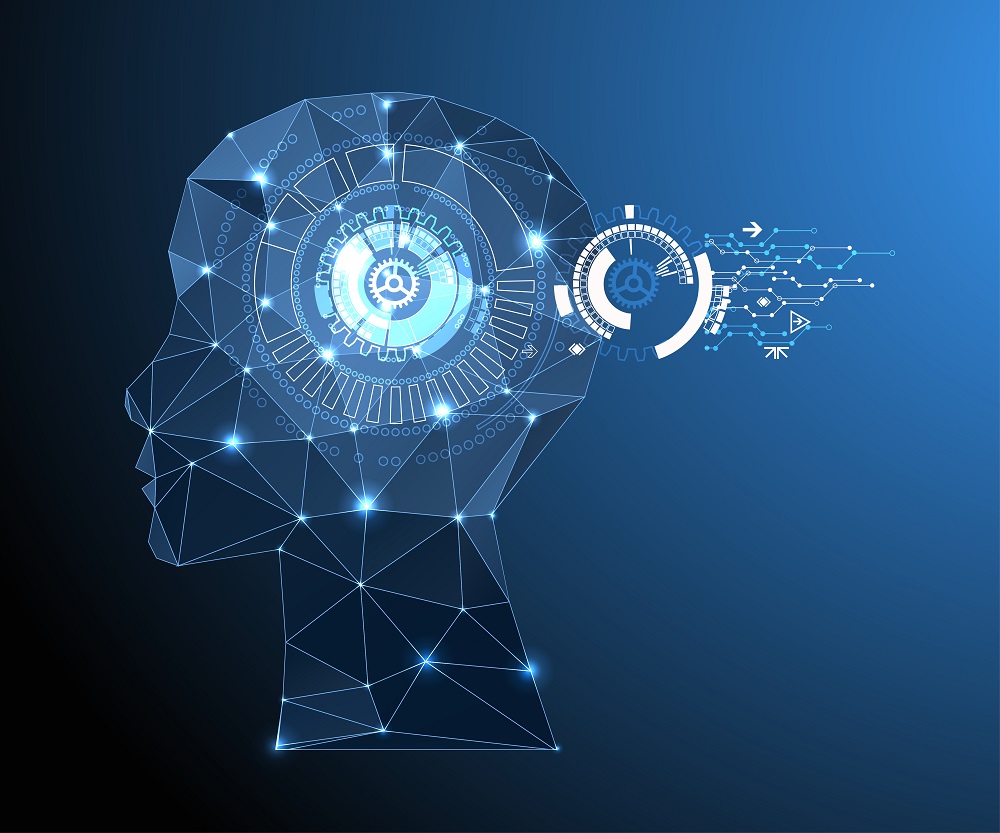Most of us wonder what would happen if we pitted different artificial intelligence projects against one another. Competition often leads to more innovation, and thus the result should be good no matter who wins. Dueling AIs are now competing at the Conference and Workshop on Neural Information Processing Systems (NIPS) by learning to walk, manipulate images, and so on. Competition can bring out the best and worst in humans, yet it remains to be seen how AIs will respond to the challenge.
Competing AIs Can Be Rather Beneficial
NIPS pits different AI solutions against one another to see which one comes up with the better solution to a problem. Considering how the focus is on learning to walk and manipulate images, among other things, this is incredibly interesting. Competition always brings out the best in smart people, thus it only makes sense that it would do exactly the same with capable artificial intelligence.
We have already seen competing AIs resorting to dirty tactics when pitted against one another. When two AIs battle one another in a video game, for example, each will quickly resort to one-upping the competition and attempt to eliminate its opponent in order to gain an advantage. Whether having competing AIs focus on scientific research will yield similar results remains to be seen.
NIPS lets different AIs focus on similar tasks to come up with new and creative solutions to various problems. It is an interesting concept that could yield some very surprising results. It will be interesting to see how different AI solutions are built and how they will tackle the challenges placed in front of them. The focus of this conference is on intriguing problems such as imitating human muscles, manipulating images, and answering pub quiz questions (yes, really).
Many teams sought to compete at this conference. Of the 23 applicants, five were selected to partake in the event come December 2017. However, the contest is ongoing, as it would be quite difficult to build an AI system from scratch in 24 to 36 hours. There are cash prizes for the winners, and several companies are sponsoring these events. It is good to see such a strong focus on projects like these, as having AIs compete seems to be the best way forward.
Focusing on learning to run is by far the most intriguing project. The competing AI solutions will need to come up with ways to simulate how the human brain controls the muscles and bones used for locomotion. The AIs must anticipate a changing sequence of events, such as slippery floors, obstacles, weak muscles, and other factors. The goal is not to build an AI that can walk, but to learn how brain surgeries could affect gait in people dealing with afflictions.
Classifying clinically actionable genetic mutations is another fascinating area in which teams have focused. Conversational intelligence is another. The outcomes of all ongoing contests will not be revealed before December of this year. However, the teams have already focused their attention on these problems and on coming up with creative and workable solutions. NIPS made the right decision in pitting AI against each other, and we cannot wait to see the results.

